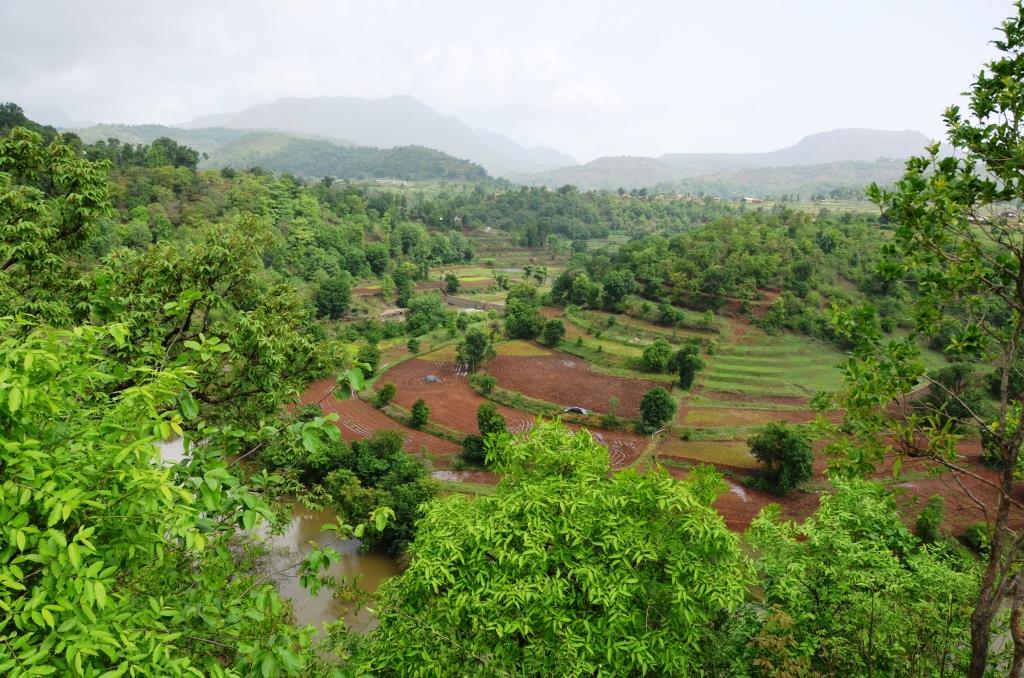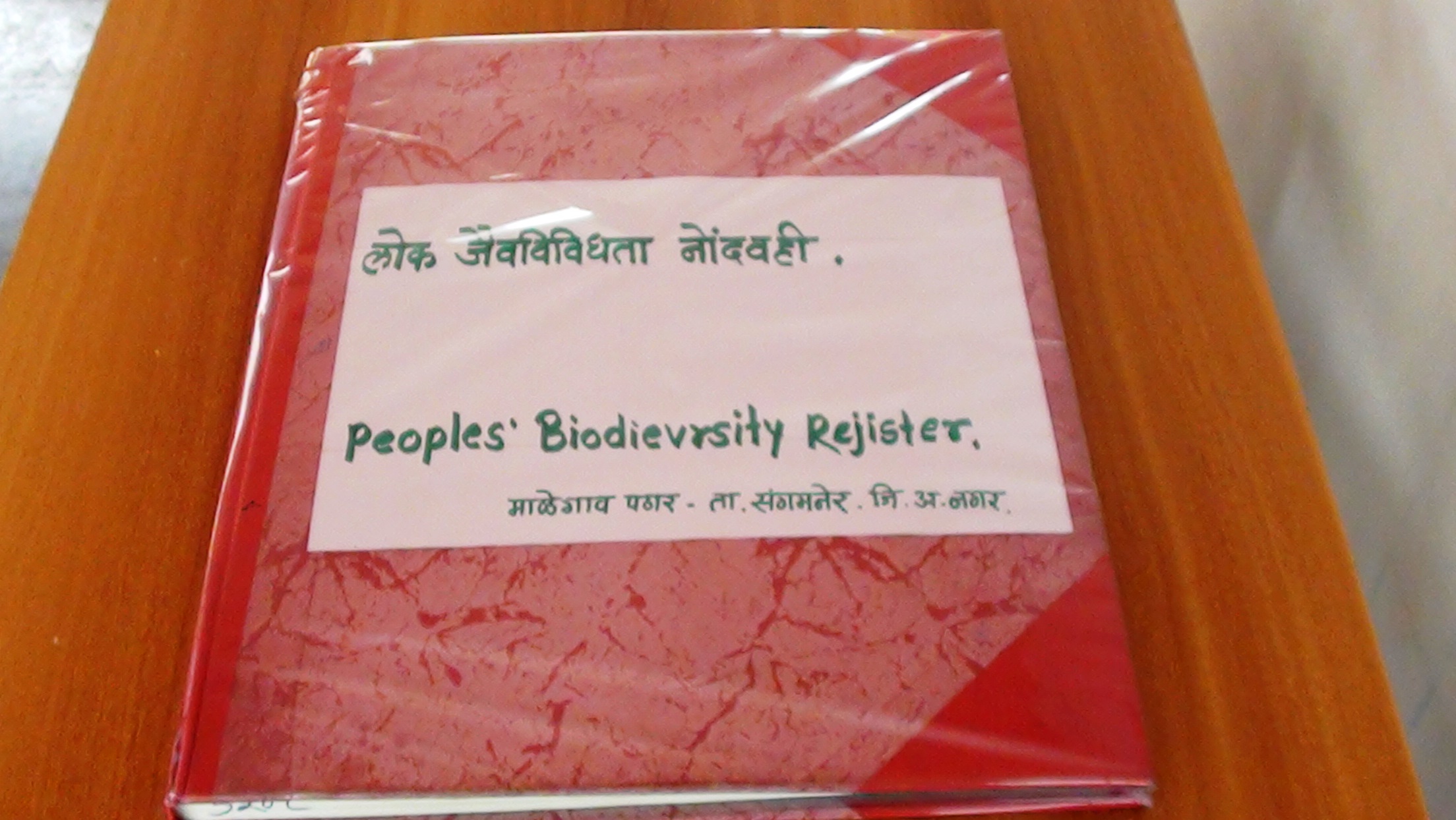Life is nothing if not diverse! And so is the world around us. From the thick, all-encompassing worldly banyan trees to the thin films of algae that floats on water surfaces, from the gorgeous, speckled butterflies to the slimy brown bugs that feast on garbage, all this and more fills up our life and the planet that we live on. And the numbers can be mind-boggling- India for instance is home to over 45,000 species of plants and 91,000 species of animals. In just one spoonful of soil, close to 1 billion bacteria thrive. Each of these organisms is distinct and utterly unique, and we need every one of them to survive.

The web of life
Our whole planet is connected through invisible threads. Let the bees disappear, and we lose one out of every three bites of food that we eat. Chop the trees, and we lose clean air, the topsoil and are susceptible to water scarcity. As it is, our mindless, endless activity has already altered almost 75 per cent of the earth’s surface, squeezing wildlife and nature into an ever-shrinking corner of the planet. A 2019 report states that up to one million plant and animal species face extinction due to just human actions. In India, over 12% of wild mammals and 3% of bird species face the threat of extinction, while 19% of amphibians are threatened or critically endangered.
And this biodiversity loss causes a ripple effect. As forests are ravaged, rivers parched and living creatures wiped off the land, the existing ecosystems collapse. The consequential losses are not just ecological but also cultural and social. And in most cases, it is human activity that is accelerating this unprecedented change.
But if we are to blame for this mess, can we not be the solution too?
Community in charge
Who better than the community itself to try and put a stop to this reckless thinking and living, and take up the call for biodiversity conservation? After all, the local community is hit the hardest in terms of livelihoods and healthy living whenever an imbalance occurs. The traditional interdependence between the community and the natural surroundings that they live in can promote their interest and positive investment in a sustainable ecosystem. But, for this, the community needs to be aware, appreciate and value the biodiversity around them.
The most important view of biodiversity is from their perspective, the lived experience that can only come from local communities and the individuals within them. Once the communities understand the benefits of conservation over exploitation, they will be the first responders to counter any threat to their eco spaces, natural or human induced.
But for collective conservation to succeed long term, the whole community must be involved and empowered.

Striding ahead – The People’s Biodiversity Register
To develop a strategy for conservation action, the community needs to pool its local knowledge endemic to its landscape and demography. A decisive step in this direction is the preparation of the People’s Bio-diversity Register (PBR) in consultation with the local community under the Biological Diversity Rules, 2004. The Register is expected to contain comprehensive information on the availability and knowledge of local biological resources, their medicinal use, or any other traditional knowledge associated with them. Effectively compiled, this tool can immensely contribute to conserving biodiversity.

Unfortunately, not many documents talk about the actual PBR process; the ‘what to do’ is relatively clear, the practical ‘how to do it’ – not so much. There are defined formats for the data collection, but a systematic approach for the local community to develop the PBR is missing. And therein lies the problem; without a proper step-wise design format, building on the local community’s inherent traditional knowledge and experience stays fragmented.
A helping hand: The PBR ‘How to’ manual’
WOTR’s ‘How-to’ manual fills this gap. It keeps the essence of the conventional PBR knowledge base intact. It employs its experience to bring out an easy-to-follow document to guide local communities to understand the preparation of a PBR easily. WOTR simplified the methodology and modified the formats to collect practical and precise data on biodiversity. These reworked formats and the detailed PBR development process have been put together in this manual. It is so prepared that even a facilitator who is not an expert on the subject can quickly develop capacities of rural communities to establish PBRs in their villages.
Besides this, the manual introduces two significant value additions: simplifying the PBR formats and a ready-to-use step-by-step process of conducting a PBR. In addition, there are some altogether new sections introduced into the existing PBR datasheet framework: The Village History, Soundscape and Cultural Diversity. And with this, the community can create their PBRs more quickly and efficiently, all of which will lead to tangible biodiversity conservation outcomes and a rejuvenated ecosystem.
Let’s ‘Invest in our Planet’
With ‘Invest in our Planet’ as the theme for Earth Day and ‘Conservation and Biodiversity’ as one of its focus areas, now is the time for action – to preserve and protect our biodiversity. Every individual has a choice to rethink, replan, and reinvent our future. And the only way to do this is together, along with the plants, the trees, the birds, the animals, the insects, the microorganisms, and the people we share this wonderful planet with. A mobilised local community, armed with a PBR holds the key to prudently managing local biodiversity resources efficiently and effortlessly.
Also Read: i) Soil biodiversity – The life underground that enables agriculture ii) The Role of Biodiversity in Ecosystem-based Adaptation (EbA) iii) Biodiversity: Everything You Need to Know





